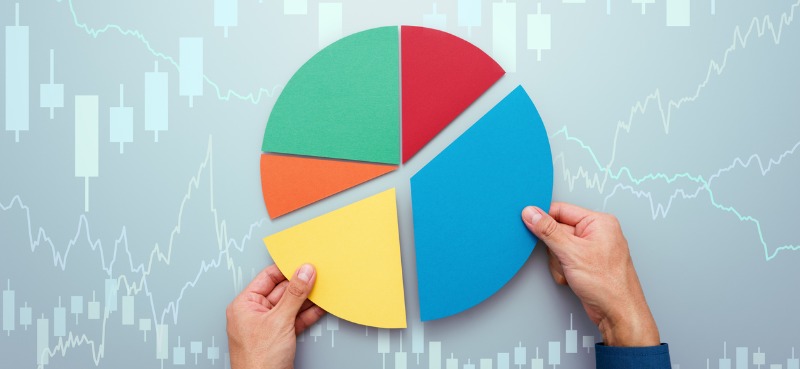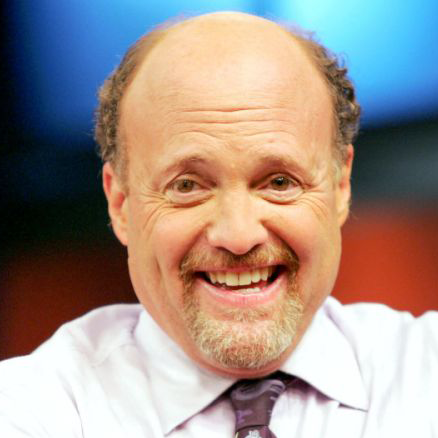Generally speaking, when a company buys back its stock, it’s great news for investors…
Buybacks reward shareholders… boost earnings… and typically send stock prices surging.
In fact, focusing on buybacks is one of the few strategies proven to beat the market over the long term.
But not all buybacks are created equal…
Some share repurchase programs can mask deeper issues within a company.
Case in point: A few weeks ago, consumer goods company Helen of Troy has become the poster child for “bad buybacks.”
Today, we’ll explain how you can distinguish between the good and the bad when it comes to stock repurchases.
Let’s start with a closer look what happened with Helen of Troy….
Helen of Troy: A cautionary tale
On its surface, it seemed like Helen of Troy was making a lot of smart moves to keep investors happy.
For one thing, it implemented a massive restructuring plan—called Project Pegasus—to cut costs and increase shareholder value.
The plan includes reducing expenses by 35% in 2025… and increasing profits by $75–$85 million by the end of 2027.
The company also has a major buyback program underway. In the first quarter, it bought back $100 million worth of stock.
Everything seemed promising… until the company released its Q1 earnings.
During the quarter, the company’s sales fell by 12%, and the earnings outlook was revised down significantly—from around $9 to $7.00–$7.50 for 2025.
One of the biggest reasons for the poor results: Consumers are shifting towards cheaper alternatives, particularly in the health and beauty segment. It’s worth noting that Helen of Troy gets 40% of its revenue from selling to third-party retailers (Walmart, Amazon, and Target)… And these companies have their own, less expensive brands for many of the same products.
The market’s reaction to the company’s earnings report was swift and brutal. The stock plummeted approximately 25% the next trading day.
But it gets worse… As mentioned, the company bought back $100 million worth of stock in the quarter. Considering that lowering guidance almost always results in a stock selling off, management should have realized it was paying a premium for shares that would soon become much less expensive. Now, it only has around $20 million in cash on its balance sheet.
The bottom line: The company’s fundamentals are deteriorating… And the buyback represented a major misallocation of capital by management.
So, how can you avoid another buyback situation like Helen of Troy?
How to distinguish between good and bad buybacks
While buybacks are often positive, you can’t take them at face value. They MUST be backed by strong underlying performance. You need to dig through the fundamentals to make sure the buyback makes sense. Here’s what to look for:
Balance sheet strength – A company should have a healthy balance sheet with plenty of cash reserves before buying back shares. Using debt or depleting cash reserves can create a lot of problems for the company.
Low valuation – Buybacks only really make sense when a company’s stock is undervalued. Overpaying for shares effectively destroys shareholder value.
Best use of capital – Would the money used for buybacks be better spent on growing the business? The company should have a clear runway for growth before buying back shares.
Earnings manipulation – Some companies use buybacks to artificially boost earnings. While this can make the stock more attractive in the short term, it doesn’t create real value if the underlying business isn’t improving.
Insider motivations – Are executives being compensated for meeting stock performance goals? If so, they might be prioritizing buybacks for the wrong reasons.
The bottom line: Don’t be swayed by large buyback announcements. Do your due diligence by digging into the company’s financials, particularly its cash position and debt levels. Stay wary of companies using buybacks to mask underlying business challenges or to artificially boost EPS.
Buybacks can be a fantastic way to add shareholder value—but only if they’re done the right way.























